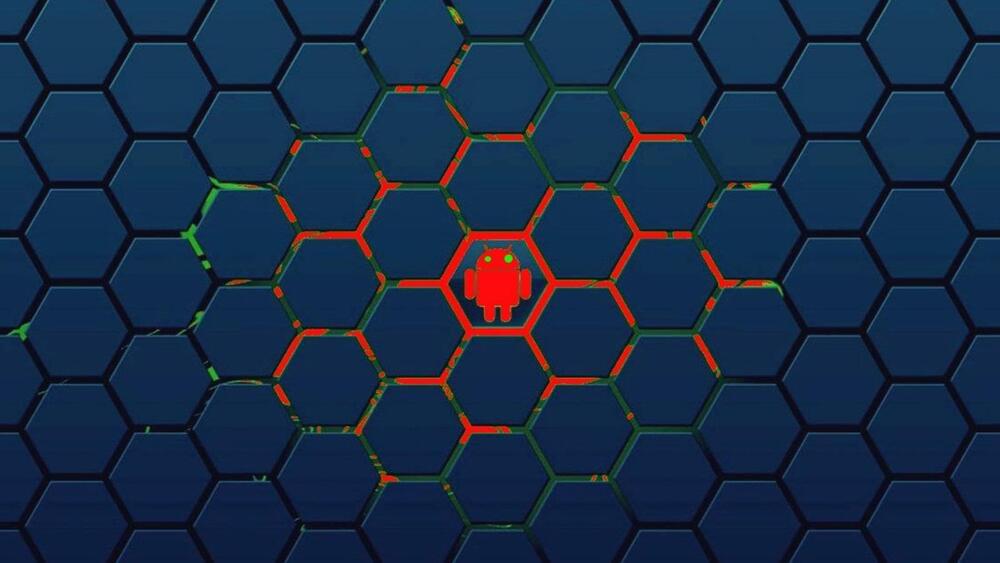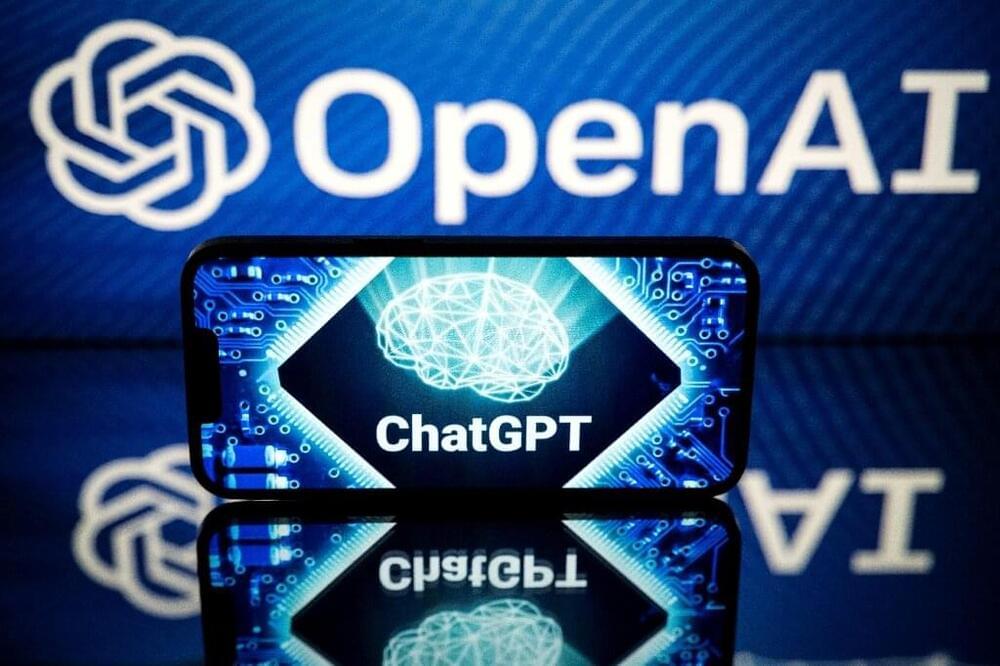Someday soon, we’ll speak entire universes into existence.
This article is a guide to the companies building the generative artificial intelligence technology that will lead to these virtual worlds (games, simulations, metaverse applications).
Existing market maps describing the landscape for generative AI lack a convincing organization, instead seeming to be random boxes based on functionality. Since most of my readers are interested in the technologies and companies powering things like games, simulations and metaverse applications — you’ll find this map helpful in charting who is moving these specific experiences forward.







